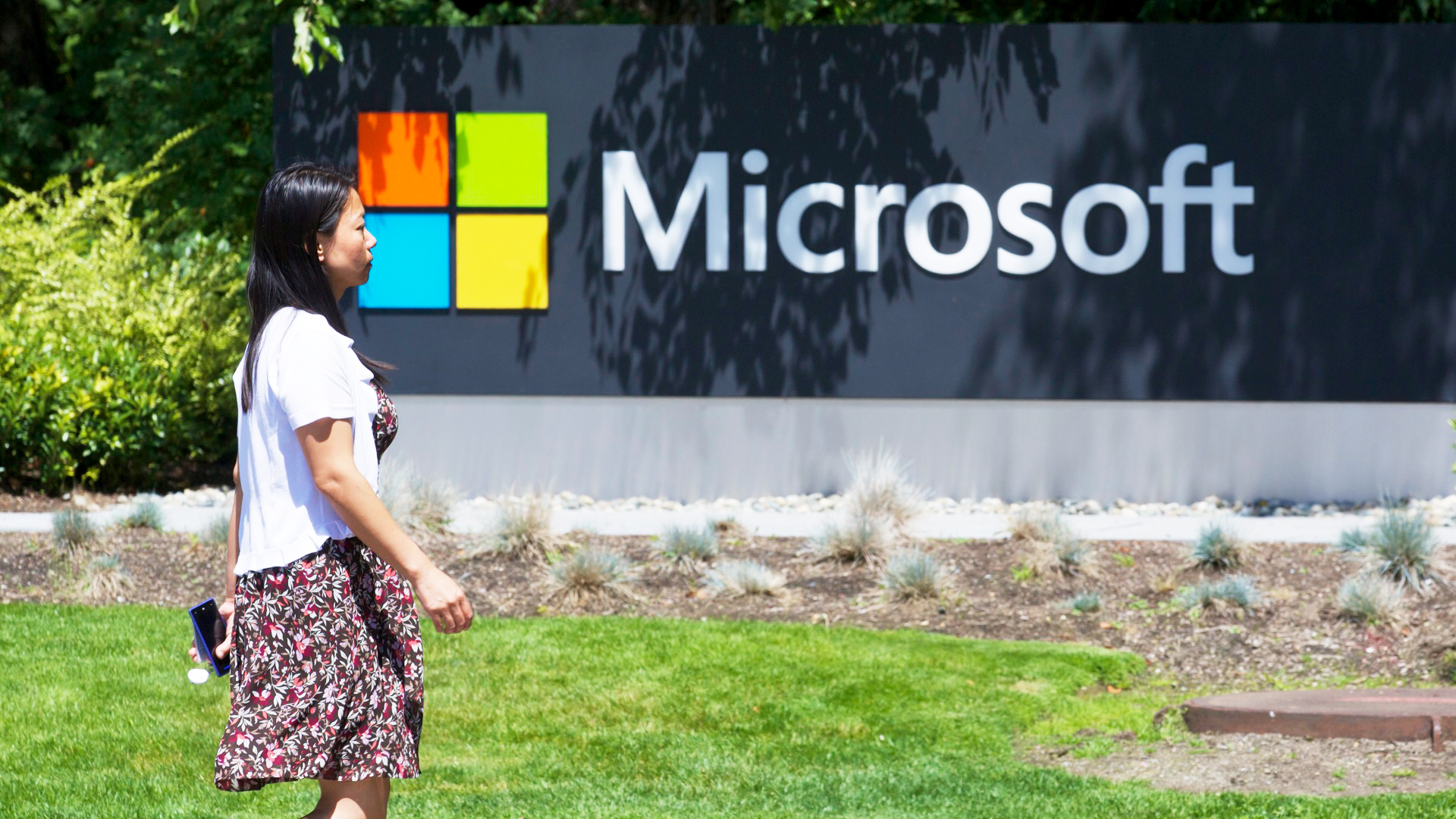US government is developing alternative to Huawei 5G
The US government is working with Microsoft, Dell and AT&T to develop new 5G infrastructure.

The White House is currently working with 5G technology companies including Microsoft, Dell and AT&T to develop an alternative to Huawei 5G. Due to potential 5G security risks, the US has banned Chinese technology giant Huawei – currently the leader in the 5G infrastructure market – from supplying 5G infrastructure to the US telecom network. The bans follows Huawei being put on the Department of Commerce’s "entity list" in May 2019, which severely restricts its ability to do business with US companies.
Common engineering standard
Rather than developing 5G infrastructure hardware, the companies working with the US government are instead developing a common engineering standard that will allow 5G software developers to use any hardware to run the software codes needed for 5G technology. The software and cloud capabilities that are being developed currently will replace a lot of the 5G equipment that is supplied by Huawei.
“the combined product will be 1-2 years behind the comparable Huawei products in terms of functionality and assurance.”
Andy Purdy, Huawei
Talking to The Wall Street Journal, Andy Purdy, Huawei’s chief US security officer said: “If the US wants 5G hardware and software developed by a US or European company, the government should encourage companies to begin negotiations with Huawei to license our 5G technology,” Mr. Purdy said, adding that without the company’s intellectual property, “the combined product will be 1-2 years behind the comparable Huawei products in terms of functionality and assurance.”
Meanwhile, Britain has imposed a 35% cap on the role of “high-risk vendors”, namely Huawei and banned the tech giant from supplying kit to the core of the 5G network, which houses the ‘sensitive parts’.
In Britain, Huawei will also be excluded from areas near military bases and nuclear sites.
- Get the latest 5G stocks news today
- How 5G and Wi-Fi 6 will transform networking
- We reveal how 5G technology works
- Here's what to expect from 6G in 2030
Get up to speed with 5G, and discover the latest deals, news, and insight!
Rachael is a British journalist with 17 years experience in the publishing industry. Since launching www.digitalcameraworld.com, she’s been freelancing, and working for some of the world’s best-loved websites and magazines including T3.com and TechRadar.com and has also had a book, iPad for Photographers, published. A regular contributor at 5Gradar, Rachael is following the 5G market closely. Find out more at www.rachaelsharpe.com

